Tomato paste is a pantry staple that serves as the secret ingredient in many dishes, adding depth, richness, and umami flavor to recipes. Whether you’re a seasoned chef or a home cook looking to elevate your dishes, understanding the basics of tomato paste can take your culinary creations to the next level. In this comprehensive guide, we’ll explore the origins of tomato paste, its nutritional benefits, different varieties, tips for cooking with it, and much more. The Origins of Tomato Paste: Tomato paste has a rich history that dates back centuries. Tomatoes are believed to have originated in South America and were later introduced to Europe in the 16th century. However, it wasn’t until the 18th century that tomato paste as we know it today started to gain popularity. In the early 19th century, Italian immigrants brought their knowledge of tomato processing to the United States, leading to the widespread production of tomato paste.
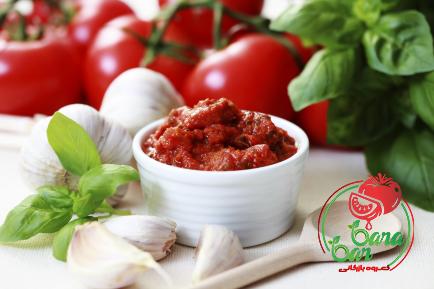
.
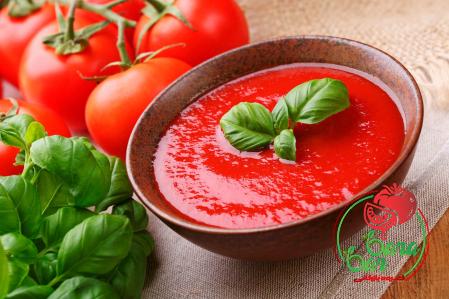 The process of making tomato paste involves reducing fresh tomatoes to a thick, concentrated form through cooking and straining. The result is a versatile ingredient that can be used in a variety of dishes, from soups and stews to sauces and marinades. Nutritional Benefits of Tomato Paste: Tomato paste is not only a flavorful addition to dishes but also a nutritious one. It is packed with essential vitamins and minerals, including vitamin C, potassium, and lycopene. Lycopene, a powerful antioxidant found in tomatoes, has been linked to various health benefits, such as reducing the risk of heart disease and certain types of cancer. Furthermore, tomato paste is low in calories and fat, making it a healthy ingredient to incorporate into your meals. Whether you’re following a specific diet or simply looking to add more nutrients to your diet, tomato paste is a convenient way to boost the nutritional value of your dishes. Varieties of Tomato Paste: When it comes to tomato paste, not all products are created equal. There are different varieties available on the market, each offering unique flavors and textures. The most common types of tomato paste include: 1. Concentrated Tomato Paste: This type of tomato paste is thick and rich in flavor, as it has been cooked down to remove excess moisture. It is ideal for adding depth to sauces, soups, and braises. 2. Double-Concentrated Tomato Paste: Double-concentrated tomato paste is even thicker than regular tomato paste, as it has been reduced further. It provides a more intense tomato flavor and is often used in recipes where a little goes a long way. 3. Organic Tomato Paste: Organic tomato paste is made from tomatoes that have been grown without synthetic pesticides or fertilizers. It is a great choice for those looking to avoid exposure to harmful chemicals and support sustainable farming practices. Tips for Cooking with Tomato Paste: Cooking with tomato paste can enhance the flavor of a wide range of dishes, from pasta sauces to curries. Here are some tips for incorporating tomato paste into your cooking: 1. Sauté the tomato paste: Cooking tomato paste in a hot pan before adding other ingredients can help caramelize its sugars and develop a deeper flavor profile. 2. Dilute with broth or water: If a recipe calls for tomato sauce or juice, you can mix tomato paste with water or broth to achieve the desired consistency.
The process of making tomato paste involves reducing fresh tomatoes to a thick, concentrated form through cooking and straining. The result is a versatile ingredient that can be used in a variety of dishes, from soups and stews to sauces and marinades. Nutritional Benefits of Tomato Paste: Tomato paste is not only a flavorful addition to dishes but also a nutritious one. It is packed with essential vitamins and minerals, including vitamin C, potassium, and lycopene. Lycopene, a powerful antioxidant found in tomatoes, has been linked to various health benefits, such as reducing the risk of heart disease and certain types of cancer. Furthermore, tomato paste is low in calories and fat, making it a healthy ingredient to incorporate into your meals. Whether you’re following a specific diet or simply looking to add more nutrients to your diet, tomato paste is a convenient way to boost the nutritional value of your dishes. Varieties of Tomato Paste: When it comes to tomato paste, not all products are created equal. There are different varieties available on the market, each offering unique flavors and textures. The most common types of tomato paste include: 1. Concentrated Tomato Paste: This type of tomato paste is thick and rich in flavor, as it has been cooked down to remove excess moisture. It is ideal for adding depth to sauces, soups, and braises. 2. Double-Concentrated Tomato Paste: Double-concentrated tomato paste is even thicker than regular tomato paste, as it has been reduced further. It provides a more intense tomato flavor and is often used in recipes where a little goes a long way. 3. Organic Tomato Paste: Organic tomato paste is made from tomatoes that have been grown without synthetic pesticides or fertilizers. It is a great choice for those looking to avoid exposure to harmful chemicals and support sustainable farming practices. Tips for Cooking with Tomato Paste: Cooking with tomato paste can enhance the flavor of a wide range of dishes, from pasta sauces to curries. Here are some tips for incorporating tomato paste into your cooking: 1. Sauté the tomato paste: Cooking tomato paste in a hot pan before adding other ingredients can help caramelize its sugars and develop a deeper flavor profile. 2. Dilute with broth or water: If a recipe calls for tomato sauce or juice, you can mix tomato paste with water or broth to achieve the desired consistency.
..
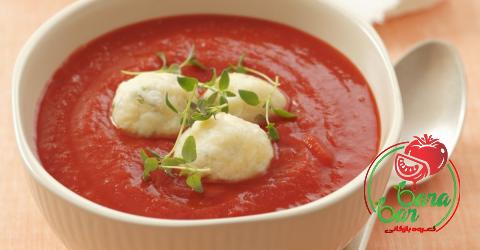 3. Mix with herbs and spices: Adding herbs and spices to tomato paste can elevate the flavor of a dish. Experiment with different combinations to find your perfect flavor profile. 4. Store leftovers properly: To avoid waste, you can freeze leftover tomato paste in ice cube trays and use as needed in future recipes. Recipes Using Tomato Paste: Tomato paste is a versatile ingredient that can be used in a wide variety of recipes. Here are some delicious dishes that showcase the flavor of tomato paste: 1. Spaghetti Bolognese: This classic Italian pasta dish features a rich tomato sauce made with tomato paste, ground beef, and aromatics. 2. Butter Chicken: Tomato paste adds depth and color to this creamy Indian curry, balancing the spices and creating a luscious sauce. 3. Shakshuka: This Middle Eastern dish combines eggs poached in a spicy tomato sauce made with tomato paste, bell peppers, and onions. 4. Beef Stew: Tomato paste adds a savory richness to this hearty stew, complementing the tender beef and vegetables. Conclusion: Tomato paste is a versatile ingredient that can elevate the flavor of a wide range of dishes. Whether you’re simmering a pot of soup, sautéing vegetables, or braising meat, tomato paste adds depth, richness, and umami flavor to your recipes. By understanding the origins of tomato paste, its nutritional benefits, different varieties, tips for cooking with it, and sample recipes, you can harness the full potential of this pantry staple in your culinary creations. Next time you reach for a jar of tomato paste, remember the endless possibilities it holds for enhancing your cooking and delighting your taste buds. Additional Information on Tomato Paste: Tomato Paste Production: The process of making tomato paste starts with ripe tomatoes that are washed, sorted, and crushed to extract the juice and pulp. The mixture is then simmered to evaporate excess water, leaving behind a thick, concentrated paste. This paste is strained to remove seeds and skins, resulting in a smooth and flavorful product. Some manufacturers may add salt or other ingredients for flavor enhancement before packaging the tomato paste in jars or cans for distribution. Quality Considerations: When choosing tomato paste for your recipes, it’s essential to consider the quality of the product. Look for tomato paste made from ripe, high-quality tomatoes without added preservatives or artificial ingredients. Organic and non-GMO options are available for those seeking a more natural choice. Additionally, check the label to ensure the tomato paste is double-concentrated or has a high tomato paste content for maximum flavor impact. Storage and Shelf Life: Tomato paste has a relatively long shelf life when stored properly. Once opened, tomato paste should be transferred to an airtight container and refrigerated.
3. Mix with herbs and spices: Adding herbs and spices to tomato paste can elevate the flavor of a dish. Experiment with different combinations to find your perfect flavor profile. 4. Store leftovers properly: To avoid waste, you can freeze leftover tomato paste in ice cube trays and use as needed in future recipes. Recipes Using Tomato Paste: Tomato paste is a versatile ingredient that can be used in a wide variety of recipes. Here are some delicious dishes that showcase the flavor of tomato paste: 1. Spaghetti Bolognese: This classic Italian pasta dish features a rich tomato sauce made with tomato paste, ground beef, and aromatics. 2. Butter Chicken: Tomato paste adds depth and color to this creamy Indian curry, balancing the spices and creating a luscious sauce. 3. Shakshuka: This Middle Eastern dish combines eggs poached in a spicy tomato sauce made with tomato paste, bell peppers, and onions. 4. Beef Stew: Tomato paste adds a savory richness to this hearty stew, complementing the tender beef and vegetables. Conclusion: Tomato paste is a versatile ingredient that can elevate the flavor of a wide range of dishes. Whether you’re simmering a pot of soup, sautéing vegetables, or braising meat, tomato paste adds depth, richness, and umami flavor to your recipes. By understanding the origins of tomato paste, its nutritional benefits, different varieties, tips for cooking with it, and sample recipes, you can harness the full potential of this pantry staple in your culinary creations. Next time you reach for a jar of tomato paste, remember the endless possibilities it holds for enhancing your cooking and delighting your taste buds. Additional Information on Tomato Paste: Tomato Paste Production: The process of making tomato paste starts with ripe tomatoes that are washed, sorted, and crushed to extract the juice and pulp. The mixture is then simmered to evaporate excess water, leaving behind a thick, concentrated paste. This paste is strained to remove seeds and skins, resulting in a smooth and flavorful product. Some manufacturers may add salt or other ingredients for flavor enhancement before packaging the tomato paste in jars or cans for distribution. Quality Considerations: When choosing tomato paste for your recipes, it’s essential to consider the quality of the product. Look for tomato paste made from ripe, high-quality tomatoes without added preservatives or artificial ingredients. Organic and non-GMO options are available for those seeking a more natural choice. Additionally, check the label to ensure the tomato paste is double-concentrated or has a high tomato paste content for maximum flavor impact. Storage and Shelf Life: Tomato paste has a relatively long shelf life when stored properly. Once opened, tomato paste should be transferred to an airtight container and refrigerated.
…
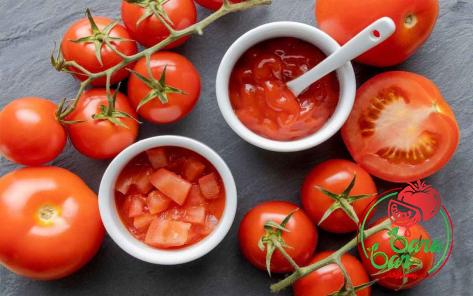 Alternatively, you can freeze leftover tomato paste for longer-term storage. When frozen in small portions, such as in ice cube trays, you can easily defrost and use the desired amount in individual recipes without thawing an entire container. In terms of shelf life, unopened cans or jars of tomato paste can be stored in a cool, dark place for up to a year or more. However, it’s best to check the expiration date on the packaging and consume the product within a reasonable timeframe for optimal flavor and quality. Health Benefits of Tomato Paste: Tomato paste offers a range of health benefits beyond its culinary uses. The high lycopene content in tomatoes, which is concentrated in tomato paste, has been linked to various health advantages, including: 1. Antioxidant Properties: Lycopene is a powerful antioxidant that helps combat free radicals in the body, reducing oxidative stress and inflammation. 2. Heart Health: Consuming lycopene-rich foods like tomato paste may help lower the risk of heart disease by reducing cholesterol levels and improving blood vessel function. 3. Cancer Prevention: Some studies suggest that lycopene may have protective effects against certain types of cancer, including prostate, lung, and stomach cancer. 4. Skin Protection: Lycopene, along with other antioxidants in tomato paste, can help protect the skin from UV damage and promote a healthy complexion. By incorporating tomato paste into your diet regularly, you can reap these health benefits while enjoying delicious and flavorful meals. Environmental Impact: The production of tomato paste, like many food products, has environmental implications that are important to consider. Tomatoes are a water-intensive crop, requiring significant irrigation to grow. Additionally, conventional tomato farming practices may involve the use of pesticides and fertilizers that can impact soil health and surrounding ecosystems. To mitigate the environmental impact of tomato paste production, look for products made from organic tomatoes, which are grown without synthetic chemicals. Supporting sustainable farming practices and companies that prioritize environmental stewardship can help reduce the ecological footprint of the tomato paste industry. Conclusion: Tomato paste is a versatile and flavorful ingredient that can transform ordinary dishes into extraordinary culinary creations. Whether you’re making a savory pasta sauce, a hearty stew, or a zesty marinade, tomato paste adds depth, richness, and complexity to your recipes. By understanding the origins of tomato paste, its nutritional benefits, quality considerations, storage tips, health advantages, and environmental impact, you can make informed choices when selecting and using this pantry staple. Embrace the versatility of tomato paste in your kitchen, experiment with different varieties and recipes, and savor the robust flavors it brings to your table.
Alternatively, you can freeze leftover tomato paste for longer-term storage. When frozen in small portions, such as in ice cube trays, you can easily defrost and use the desired amount in individual recipes without thawing an entire container. In terms of shelf life, unopened cans or jars of tomato paste can be stored in a cool, dark place for up to a year or more. However, it’s best to check the expiration date on the packaging and consume the product within a reasonable timeframe for optimal flavor and quality. Health Benefits of Tomato Paste: Tomato paste offers a range of health benefits beyond its culinary uses. The high lycopene content in tomatoes, which is concentrated in tomato paste, has been linked to various health advantages, including: 1. Antioxidant Properties: Lycopene is a powerful antioxidant that helps combat free radicals in the body, reducing oxidative stress and inflammation. 2. Heart Health: Consuming lycopene-rich foods like tomato paste may help lower the risk of heart disease by reducing cholesterol levels and improving blood vessel function. 3. Cancer Prevention: Some studies suggest that lycopene may have protective effects against certain types of cancer, including prostate, lung, and stomach cancer. 4. Skin Protection: Lycopene, along with other antioxidants in tomato paste, can help protect the skin from UV damage and promote a healthy complexion. By incorporating tomato paste into your diet regularly, you can reap these health benefits while enjoying delicious and flavorful meals. Environmental Impact: The production of tomato paste, like many food products, has environmental implications that are important to consider. Tomatoes are a water-intensive crop, requiring significant irrigation to grow. Additionally, conventional tomato farming practices may involve the use of pesticides and fertilizers that can impact soil health and surrounding ecosystems. To mitigate the environmental impact of tomato paste production, look for products made from organic tomatoes, which are grown without synthetic chemicals. Supporting sustainable farming practices and companies that prioritize environmental stewardship can help reduce the ecological footprint of the tomato paste industry. Conclusion: Tomato paste is a versatile and flavorful ingredient that can transform ordinary dishes into extraordinary culinary creations. Whether you’re making a savory pasta sauce, a hearty stew, or a zesty marinade, tomato paste adds depth, richness, and complexity to your recipes. By understanding the origins of tomato paste, its nutritional benefits, quality considerations, storage tips, health advantages, and environmental impact, you can make informed choices when selecting and using this pantry staple. Embrace the versatility of tomato paste in your kitchen, experiment with different varieties and recipes, and savor the robust flavors it brings to your table.
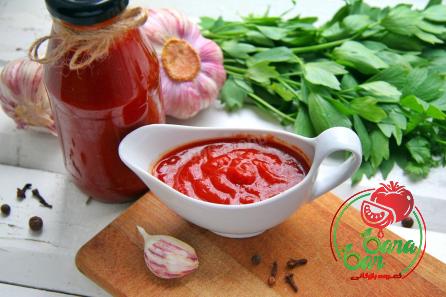
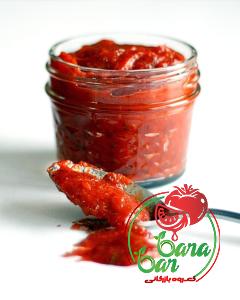
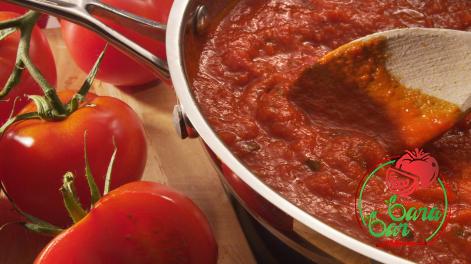
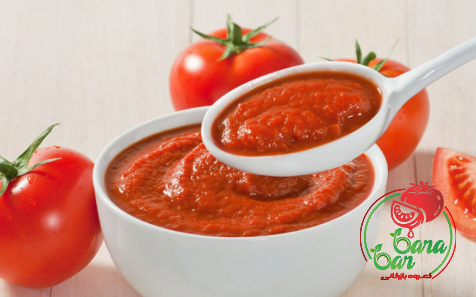

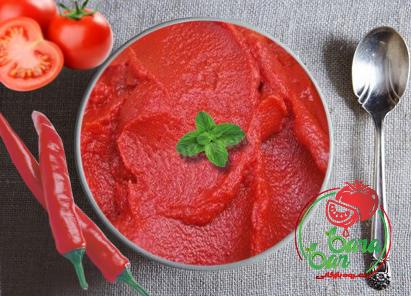
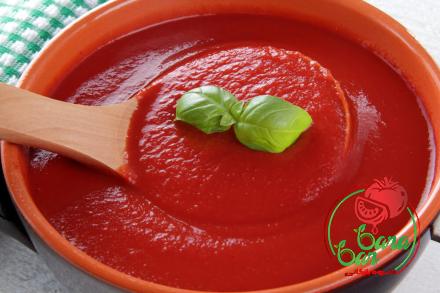
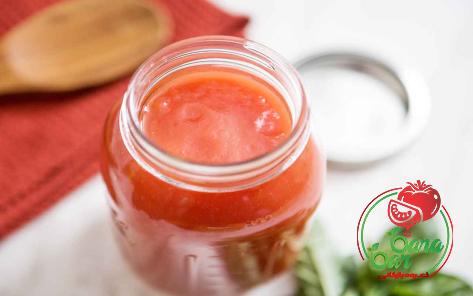
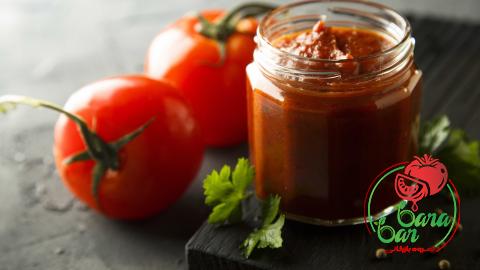
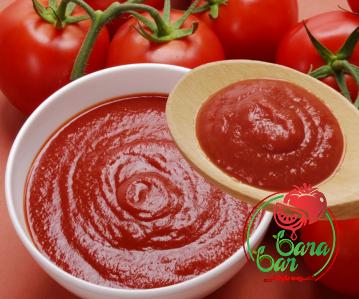
Your comment submitted.